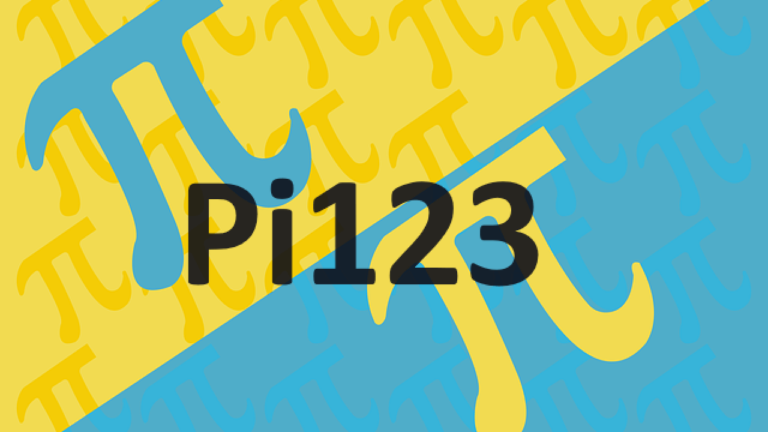Examining the Pros and Cons of Standardized Testing
Standardized testing has been a longstanding practice in the educational system, serving as a tool to assess students’ academic proficiency on a uniform scale. However, as education evolves, so does the debate surrounding the efficacy of standardized testing.
This article critically examines the pros and cons of standardized testing, delving into the impact it has on students, educators, and the broader educational landscape.
Table of Contents
1. Pros of Standardized Testing:
a. Objective Assessment:
- Uniform Evaluation: Standardized tests provide a consistent and objective method of evaluating students across diverse backgrounds. This uniformity allows for comparisons between schools, districts, and even countries.
- Quantifiable Results: The results of standardized tests are quantifiable, making it easier to measure student progress over time and identify areas of improvement.
b. Accountability and Quality Assurance:
- Educational Accountability: Standardized testing holds educational institutions accountable for the quality of education they provide. It can serve as a tool to identify underperforming schools that may require additional support and resources.
- Teacher Accountability: Teachers are accountable for the academic performance of their students. Standardized testing results can be used to assess the effectiveness of teaching methods and guide professional development efforts.
c. College Admissions and Standardized Testing:
- Merit-Based Admissions: Standardized test scores are often a component of college admissions processes. They provide a standardized metric that colleges can use to evaluate applicants on a level playing field.
- Identifying Academic Potential: For colleges, standardized test scores can help identify students with strong academic potential, complementing other aspects of the application process.
2. Cons of Standardized Testing:
a. Narrow Focus and Limited Assessment:
- Limited Subject Coverage: Standardized tests often focus on a narrow range of subjects, neglecting the holistic development of students. Subjects such as arts, physical education, and critical thinking skills may not be adequately assessed.
- One-Size-Fits-All Approach: Standardized testing adopts a one-size-fits-all approach, which may not account for diverse learning styles and strengths among students.
b. Stress and Anxiety:
- High-Stakes Pressure: The high stakes associated with standardized testing, such as graduation requirements and school rankings, can create immense stress for students. This pressure may compromise their ability to perform at their best.
- Bias and Cultural Disparities: Standardized tests may contain cultural biases that disadvantage certain groups of students. This can lead to disparities in test scores based on socioeconomic status, cultural background, or language proficiency.
c. Narrowing Curriculum:
- Teaching to the Test: The emphasis on standardized testing can lead to a “teaching to the test” phenomenon, where educators focus on preparing students for the exam rather than fostering a comprehensive and creative learning environment.
- Neglect of Non-Tested Skills: Subjects or skills not covered by standardized tests may receive less attention in the curriculum, reducing the emphasis on well-rounded education.
3. Reform and Alternatives:
a. Test Optional Policies:
- College Admissions Reforms: Some colleges have adopted test-optional policies, allowing students to apply without submitting standardized test scores. This shift aims to address concerns about the equity and fairness of standardized testing in the college admissions process.
- Holistic Admissions: Encouraging a more holistic admissions approach, where colleges consider a range of factors beyond test scores, including extracurricular activities, essays, and letters of recommendation.
b. Alternative Assessment Methods:
- Project-Based Assessment: Emphasizing project-based assessments that require critical thinking, problem-solving, and creativity. This approach provides a more comprehensive evaluation of students’ abilities.
- Performance-Based Evaluation: Advocating for performance-based evaluations that assess students on practical applications of knowledge rather than relying solely on standardized testing.
Conclusion:
The debate surrounding standardized testing is complex, reflecting the diverse perspectives within the educational community. While standardized testing offers a quantifiable and objective means of assessment, it also poses challenges related to bias, stress, and a narrowed curriculum focus.
Reforms and alternative assessment methods are emerging as potential solutions to address the limitations of standardized testing, emphasizing a more holistic and individualized approach to evaluating student achievement.
As the conversation evolves, educators, policymakers, and parents must collaboratively explore strategies that balance accountability with a commitment to fostering a well-rounded and equitable educational experience for all students.





